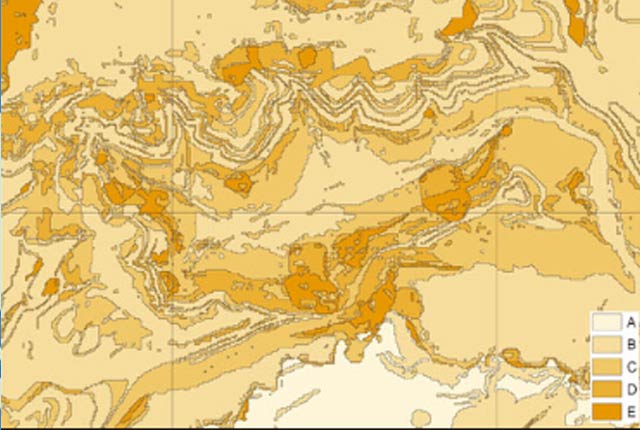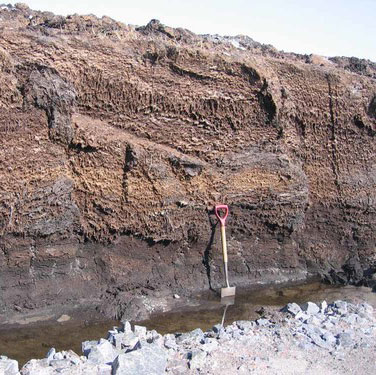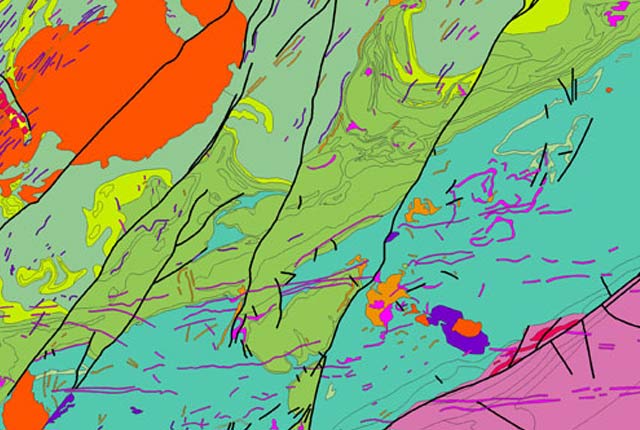If compressible ground appears to be a problem on or near your property, inform your insurance company, mortgage lender or landlord. Get specialist advice from a suitably qualified expert such as a structural surveyor, geotechnical engineer or chartered engineering geologist.
If active compression is not happening, but the ground has a potential for compressibility being present, this should be measured and taken into account before designing new buildings or changes to land use.
- Take specialist advice before starting major building work.
- Ensure the foundations of new constructions or extensions are designed for the compressible ground conditions that are present.
- Do not increase the floor loading unevenly by a significant amount.
Hazard ratings and advice
| Hazard rating | Advice for public | Advice for specialist |
|---|---|---|
| A — no indicators for compressible deposits identified. | No actions required to avoid problems due to compressible deposits. | No special ground investigation required or increased construction costs or increased financial risk due to potential problems with compressible deposits. |
| B — very slight potential for compressible deposits to be present. | No actions required to avoid problems due to compressible deposits. | No special ground investigation required. Unlikely to be increased construction costs or increased financial risk due to potential problems with compressible deposits. |
| C — slight possibility of compressibility problems. | Take technical advice regarding settlement when planning extensions to existing property. | New build — consider possibility of settlement during construction due to compressible deposits. Unlikely to be increase in construction costs due to potential compressibility problems.
Existing property — no significant increase in insurance risk due to compressibility problems. |
| D — significant potential for compressibility problems. | Avoid large differential loadings of ground. Do not drain or dewater ground near the property without technical advice. | New build — assess the variability and bearing capacity of the ground. May need special foundations to avoid excessive settlement during and after construction. Consider effects of groundwater changes. Extra construction costs are likely.
Existing property — possible increase in insurance risk from compressibility if lowered groundwater levels drop due to drought or dewatering. |
| E — very significant potential for compressibility problems. | Avoid large differential loadings of ground. Do not drain or dewater ground near the property without technical advice. | New build — assess the variability and bearing capacity of the ground. Probably needs special foundations to avoid excessive settlement during and after construction. Consider effects of groundwater changes. Construction may not be possible at economic cost.
Existing property — probable increase in insurance risk from compressibility due to drought or dewatering unless appropriate foundations are present. |
You may also be interested in

BGS GeoSure
The BGS GeoSure datasets identify areas of potential hazard and, therefore, potential natural ground movement, in Great Britain.

BGS GeoSure: compressible ground
The potential for compressible ground to be a hazard has been assessed using 1:50 000-scale digital maps of superficial and bedrock deposits.


